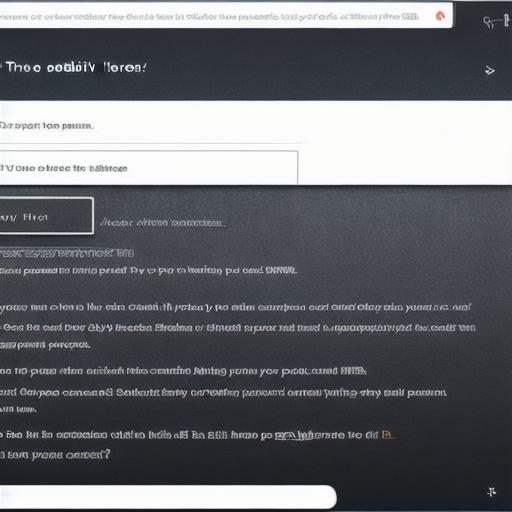Are software subscriptions tax deductible

If you are a business owner or employee looking to save money on software subscriptions, you may be wondering if they are tax deductible. The answer is not always straightforward, as it depends on several factors such as the type of subscription, usage, and purpose. In this guide, we will explore the different aspects of software subscriptions and their tax implications.
Introduction

Software subscriptions have become increasingly popular in recent years, with many businesses opting for them over traditional licensing models. This is due to several factors, including cost savings, flexibility, and ease of use. However, one of the biggest concerns for business owners and employees is whether they can claim software subscriptions as tax deductions.
In this article, we will answer this question by examining the different types of software subscriptions, their usage, and purpose, and how they are treated for tax purposes. We will also provide real-life examples and expert opinions to help you make informed decisions about your software subscription expenditures.
Types of Software Subscriptions

There are several types of software subscriptions available, each with its own set of benefits and drawbacks. The most common types are:
- Software as a Service (SaaS)
- Platform as a Service (PaaS)
- Infrastructure as a Service (IaaS)
- Desktop as a Service (DaaS)
Software as a Service (SaaS) is the most popular type of subscription, where users access software applications over the internet through a web browser or mobile app. Examples of SaaS include Microsoft Office 365 and Salesforce.
Platform as a Service (PaaS) provides users with a platform to develop, run, and manage applications without worrying about infrastructure management. Examples of PaaS include Heroku and Google App Engine.
Infrastructure as a Service (IaaS) provides users with virtualized computing resources over the internet. Users can rent servers, storage, and networking equipment from IaaS providers such as Amazon Web Services and Microsoft Azure.
Desktop as a Service (DaaS) allows users to access their desktop applications remotely through a web browser or mobile app. Examples of DaaS include Citrix Workspace and Microsoft Remote Desktop.
Tax Implications of Software Subscriptions
The tax implications of software subscriptions depend on several factors, including the type of subscription, usage, and purpose. In general, there are two main ways that software subscriptions can be treated for tax purposes:
- Expensing
- Depreciation
Expensing is a method of accounting where the cost of an asset is expensed over its useful life, rather than being capitalized. This means that the cost of the asset is spread out over several years, allowing businesses to deduct the expense immediately. In the case of software subscriptions, if they are used primarily for business purposes and have a useful life of less than one year, they can be expensed. For example, a monthly subscription to a cloud-based project management tool may be expensed if it is used exclusively for work purposes.
Depreciation is another method of accounting where the cost of an asset is spread out over its useful life, but only a portion of the expense is deducted each year. In the case of software subscriptions, if they are used primarily for business purposes and have a useful life of one year or more, they must be depreciated. For example, a subscription to an enterprise resource planning (ERP) system may need to be depreciated over several years because it is expected to be used for many years.
Real-Life Examples of Software Subscriptions and Their Tax Implications
Let’s take a look at some real-life examples of software subscriptions and their tax implications:
Example 1: A small business owner purchases a monthly subscription to a cloud-based accounting software for $50. The software is used exclusively for work purposes and has a useful life of less than one year. In this case, the business owner can expense the $50 immediately as an operating expense on their tax return.
Example 2: A medium-sized business purchases a subscription to an ERP system for $10,000 per year.